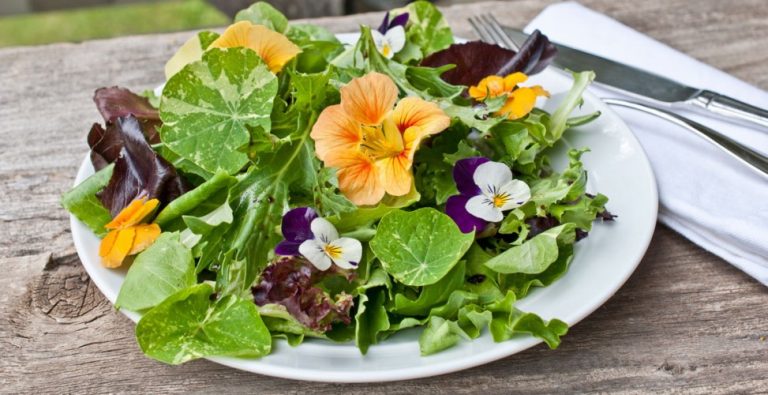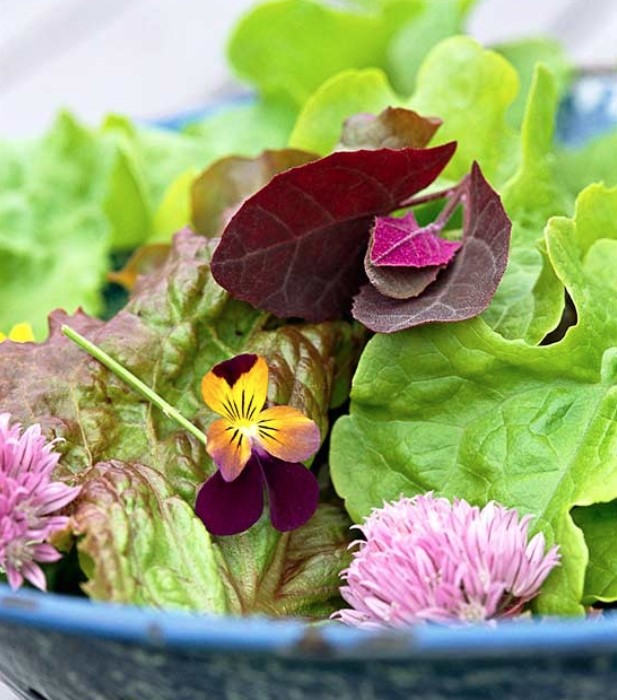You can use natural home remedies such as organic plant and flower fertilizer. There are many useful household wastes that make good biofertilizers for organic fertilizing.
Use plant fertilizer correctly
We show grandma’s old home remedies and modern DIY household tips for using waste as plant fertilizer and flower fertilizer. Flowers, plants, plants, and indoor plants can be supplied with all the minerals and nutrients with homemade organic fertilizer. The energy reserves are quickly used up, especially in plant pots. This is why indoor plants in particular need a fertilizer with additional nutrients from time to time. Then they can grow lush, colorful, and powerful again.
Types of plant fertilizers

When choosing a fertilizer, distinguish between green plants and flowering plants. The nutrient requirements are fundamentally different. Growing plants generally require more nitrogen than flowering plants. Flowering plants instead use more phosphoric acid and potassium. Special fertilizers should be used for azalea crops, and you should then follow the dosage instructions exactly to ensure the optimal dosage of fertilizer.
Make organic fertilizer yourself
Your plants constantly need nutrients, minerals, and water to grow. Indoor plants should therefore be fertilized especially when they are in flower. In spring and autumn, the garden beds should be fertilized with compost or shavings. With simple home remedies, it is possible to independently supply the plants from the garden and rooms with all the important nutrients, minerals, and trace elements.
For example, there are many leftovers in the daily household that are biodegradable and whose properties are particularly suitable as organic fertilizer. If you make plant fertilizer yourself, you will have enough organic flower fertilizer for months. In this way, all the nutrients that have been removed from the soil can be added back and the optimal supply of minerals can be guaranteed. Because home remedies from the household are cheaper and more environmentally friendly than commercial liquid fertilizers, long-term fertilizers, flower fertilizers, or plant fertilizers.
1) Liquid fertilizer made from vegetable water
Vegetables release many nutrients and minerals into the cooking water when they are cooked. One of the oldest home remedies for fertilizing grandma is potato water. But you can also use any other type of cooking water for vegetables, such as cauliflower water, broccoli water, cabbage water, or asparagus water.
2) Coffee grounds as flower fertilizer
Plants can be fertilized with coffee grounds with little effort and at no cost. The old coffee grounds are very versatile because they contain a lot of nitrogen, potassium, and phosphorus. If you regularly fertilize your plants with the old coffee grounds, a nitrogen deficiency is prevented.
Old coffee grounds in the garden also attract small animals and earthworms. This makes coffee grounds a cheap and very popular flower fertilizer. The soil is supplied with nutrients, but small animals, in particular, loosen the soil and enrich the plant soil with additional nutrients through their excretions. Coffee also keeps snails in the garden away. Therefore, vegetable beds with coffee grounds are avoided by snails like the plague. In the compost, the coffee grounds also promote the decomposition of the food and stimulate the formation of bacteria.
If you fertilize with coffee grounds, you should dry the old coffee powder first. This prevents mold from forming. Incidentally, you can collect coffee grounds in an open, large container. Coffee grounds as a home remedy are particularly suitable for fertilizing the following types of plants: geraniums, roses, oleanders, angel’s trumpets, azaleas, rhododendrons, and hydrangeas.
3) Horse manure and horse manure
Horse manure or cow manure is an organic fertilizer that is particularly suitable for digging in the garden. Due to the many nutrients and minerals in the manure, horse manure tastes good on any plant. Try to get horse manure from farmers in your area and fertilize your vegetable beds with it regularly.
Organic fertilizers such as horse manure, cattle manure, cow manure, or sheep manure are good for vigorously growing plants. Manure is particularly suitable as an organic fertilizer for planting roses and preparing cold frames. Only suitable to a limited extent due to the smell of manure in the apartment or on the balcony.
4) Old mineral water as plant fertilizer
Old mineral water is well suited as a mineral fertilizer for indoor plants. Because the minerals in mineral water are vital for every living being, including plants. So make it a habit to consistently give old mineral water to your plants. However, mineral water is only suitable as a supplier of minerals, not of nutrients.
5) Beer and beer water as nutrient donors

An amazingly versatile home remedy is beer. You can mix the remains of old beer with the irrigation water without hesitation because hops and malt contain natural nutrients. Old beer residues can also be simply distributed in moderation to the plants in the household. However, the flowers should only be watered with such beer water a maximum of 2 times a week.
6) Sheep manure to manure
Sheep manure is also an excellent organic fertilizer. It has many ingredients that promote plant growth.



